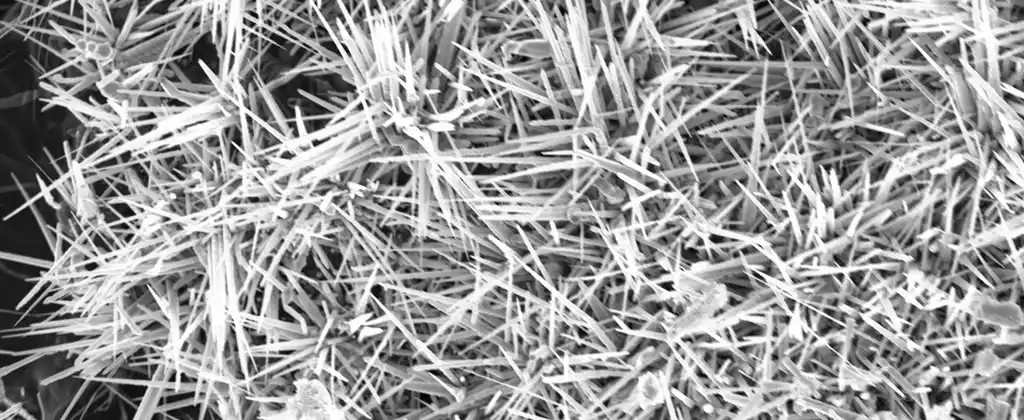افشین رشید
اُستادیار ؛ عضو هیات علمی دانشگاه آزاد اسلامی واحد علوم و تحقیقات تهران
615 یادداشت منتشر شدهNanowires Are Made by The Method of (Galvanostatic Deposition)

Note: Cobalt nanowires with a diameter of about 93 nm are made using the electrospinning technique on an aluminum mold. Nanowires are made using the galvanostatic deposition method.
The aluminum template is fabricated by multi-step (monodizing) of pure aluminum foil. The fabrication of arrays of vertically aligned cobalt nanowires on flat surfaces and field emission (FE) using them as electron cathodes is achieved by electrodeposition of nanoparticle templates on Au/Ti/Si substrates at very low temperatures (<100 °C). After template removal, the arrays consist of structurally upright nanowires with high aspect ratios, uniform dimensions, and predetermined density. Field emission measurements characterize the metallic properties and propagation of cobalt nanowires. In the propagation of cobalt oxide nanotubes, cobalt nanowires are synthesized by calcining cobalt nanowires embedded in an alumina template in air.

Cobalt Nanowires Cobalt Nano Wire can have the properties of an insulator, a semiconductor, or a metal. Insulators do not carry an electric charge, while metals carry an electric charge very well. Semiconductors fall between the two and are charged under the right conditions. By placing semiconductor wires in the right configuration, transistors can be made that act as either switches or amplifiers . Some of the interesting and unyielding properties of nanowires are due to their small scale. Silicon nanowires are one of the best examples of semiconductor nanostructures that can be made as single crystals with a diameter as small as 9 to 0 nanometers. Electromagnetic Nature of Nanoparticles In magnetic materials, the molecules and atoms that make them up have electromagnetic properties. In simpler terms, elements such as iron, cobalt, nickel, and their alloys that are attracted by a magnet. They are called magnetic materials. The classification of electromagnetic materials is based on magnetic susceptibility (the ability of a material to become magnetized). Based on this, materials are classified into three groups: ferromagnetic, paramagnetic, and diamagnetic. The resultant dipole moment in diamagnetic electromagnetic materials is zero, and in the presence of a magnetic field, a dipole moment is induced in them; but the direction of these induced dipoles is opposite to the direction of the external magnetic field, which causes the material (diamagnetic) to be repelled from the magnetic field. By removing the external magnetic field, the magnetic property of these materials does not remain. The magnetic susceptibility of these materials is negative and very low (about 6-10 - to 3-10 ). All gases (except oxygen), water, silver, gold, copper, diamond, graphite, bismuth, and many organic compounds are (diamagnetic). The magnetic dipoles in paramagnetic materials do not have a specific and regular orientation; as a result, these materials do not have magnetic properties. If they are placed in a magnetic field, they become regular along the magnetic field lines. When the magnetic field is removed , the magnetic dipoles quickly return to the previous state they had in the absence of the field. In this way, paramagnetic materials acquire magnetic properties in strong nanoelectromagnetic fields.
Conclusion :
Cobalt nanowires with a diameter of about 93 nanometers are made using the electrospinning technique on an aluminum nanowire mold using the galvanostatic spinning method .